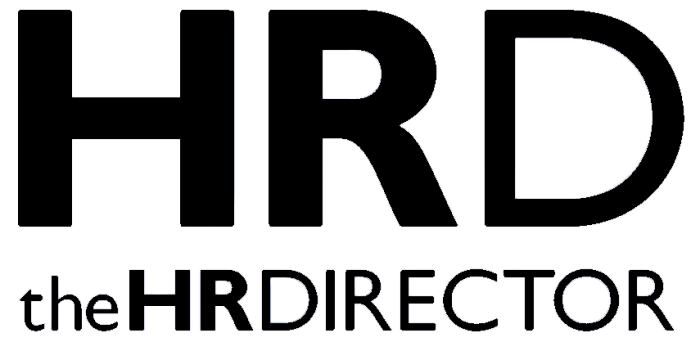Everyone was nodding. The direction was agreed, and there was a shared sense of urgency. A decision had been made. The leadership team was clear. Something had to change. Actions were assigned. There was energy leaving the room.
And then nothing.
Over the next 24 hours, the silence crept in. A couple of people got moving straight away, chasing momentum. But others, despite everything that had been said, slowed. Hesitated. Prioritised other work. The Chief Executive started to notice. “I don’t get it,” he said. “We agreed. Why isn’t it happening?”
That moment, when the verbal commitment doesn’t become real-world movement, is where so many leadership teams stall. It’s not sabotage. It’s not resistance in the classic sense. But it is drift. The decision was made, but the alignment wasn’t real.
We mistake agreement for commitment.
In fast-moving organisations, the pressure to decide is huge, especially in senior forums. A couple of questions are raised. The key players give a nod, and we call it alignment. Tick. And on we go.
But what’s really happening in that moment? A nod can mean so many things.
“I’m too tired to debate this again.”
“I trust you, even if I’m not convinced.”
“I’m not going to fall on my sword for this.”
None of these are inherently wrong. But they’re not the same as genuine commitment. And if we don’t create space to test what the nod actually means, we end up with decisions that don’t move. The meeting ends, but the action doesn’t quite take hold.
Real alignment lives in the action that follows.
One of the patterns I see in leadership settings is something I’ve come to think of as false positive agreement. It can look like consensus in the room, with everyone nodding and showing support for the direction but once people are back in their own worlds, the differences begin to show.
This is especially true when we’re facing complex challenges and there’s no clear path forward. Everyone’s trying to make the best call they can with the information that’s available. But complexity needs people to speak up and name what they’re not sure about. And in those moments, silence is rarely golden.
That’s when leadership breaks down. Not because people aren’t smart or capable but because no one has talked about what kind of agreement was actually in the room. And sometimes, it turns out, the nod wasn’t a commitment at all. It was just a nod.
A shared language helps make the invisible visible.
Over the past few years, I’ve been helping leadership teams pause long enough to notice what’s really going on in those moments. Not to overcomplicate things. Just to name the difference between supporting an idea and being ready to act on it.
Sometimes, it helps to put a shared frame around it. A simple spectrum to give people language in the moment. When a big decision is on the table—or just before the meeting ends—this is one way to check what kind of alignment is really there:
- I don’t see it
- I have questions
- I support it
- I’m ready to act
- I will champion it
You can bring this into the conversation as a quick pulse check.
“Where are we on this?”
“What would help us move forward?”
“Are we really ready or just hoping it’ll sort itself out?’
It doesn’t need to be formal. It just needs to be real. The moment we start naming what’s actually in the room, we give ourselves the chance to lead more honestly and follow through with more clarity.
This isn’t about abstract alignment. It’s about real-time insight into where people actually are, and what would help them move forward.
Don’t confuse velocity with clarity.
One of the traps I see in big systems is the obsession with speed. Get aligned, move fast, and push it through. But in human systems, what feels efficient in the moment often creates drag later.
Speed without depth is fragile. And once trust gets dented, once people see that words in the room don’t match behaviour afterwards, it’s hard to recover.
That doesn’t mean slowing everything down. But it does mean building moments of awareness into how we lead. Checking in before we sign off. Asking the hard questions.
“Are we really aligned on this or just keen to move on?”
“Do we all understand what we’ve committed to?”
“Who’s actually going to make the first move after this meeting?”
Those aren’t bureaucratic questions. They’re leadership ones.
You can’t outsource alignment.
Perhaps the biggest myth I see is that once the leadership team has agreed something, alignment will cascade naturally. It rarely does.
People don’t respond to what leaders say. They respond to how aligned leaders are. If the top team is giving mixed signals—whether in tone, energy, or follow-through—the system picks it up fast. And then the whole thing starts to wobble.
Alignment isn’t something leaders decide once and push down the line. It’s a capability—a way of working together in real time. In how you talk, listen, challenge, and adapt. And with the pace of change we’re in now, it’s more critical than ever.
One final thought.
If you’ve ever walked out of a room convinced your team had a plan and found yourself a week later wondering why it didn’t stick, you’re not alone.
Just ask yourself this next time you’re about to wrap up a big decision:
“Do we know what kind of alignment we really have here?”
Because if you don’t know the answer, chances are the system will answer for you.
And not always in the way you want.









